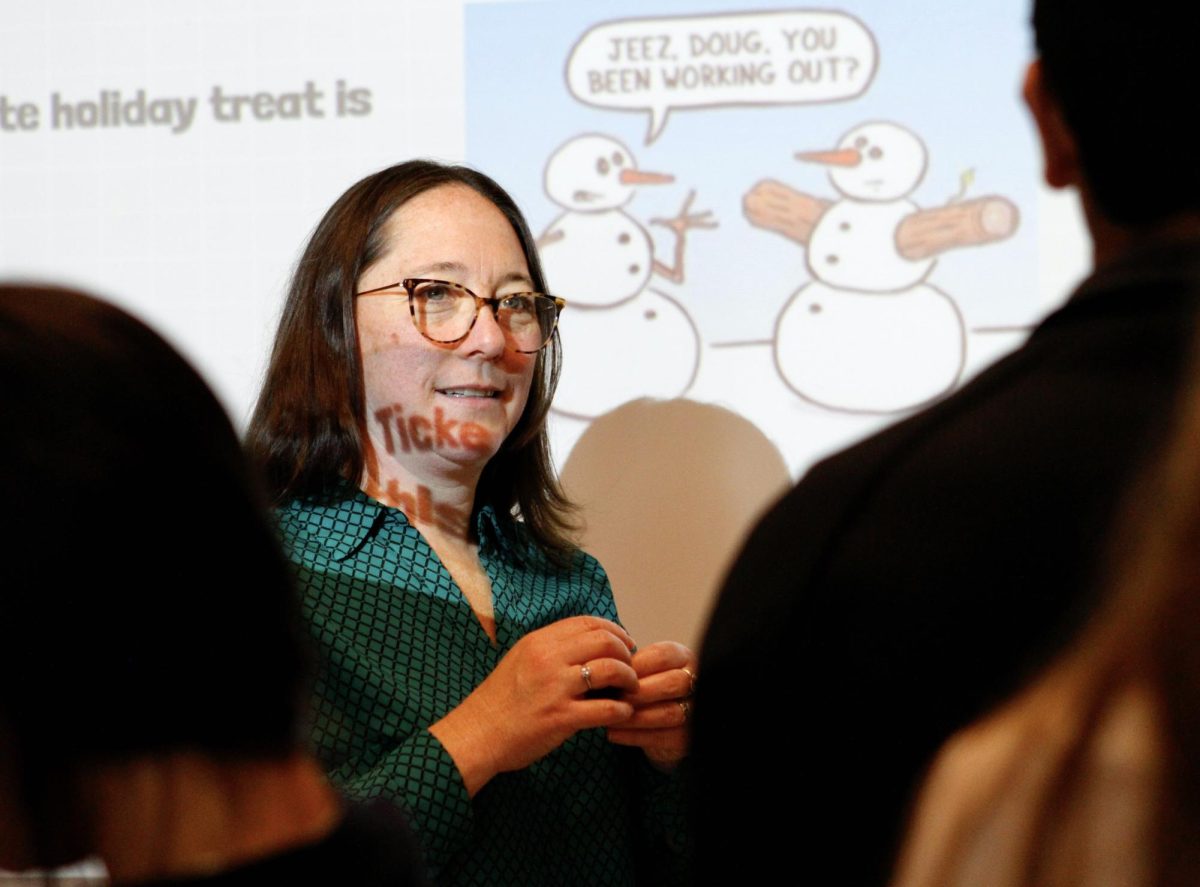SCHS introduced its first AP Environmental Science class after years of student interest and local advocacy. The course had been long delayed due to lack of staff in addition to district resistance. Students find the course to be important for the future, despite how differently it is taught compared to other AP courses.
Santa Clara City Council member Sudhanshu Jain pushed for SCHS to incorporate AP Environmental Science into the curriculum for years. He went to several school board meetings as he believes it is important to educate today’s students about the current state of the environment.
“The mission of the school district is to prepare students of all ages and abilities to succeed in an ever-changing world, and the world is going to change dramatically because of climate change,” Jain said.
SCHS offers two periods of AP Environmental Science. There are not enough teachers able to take on additional periods as the current teacher, Suzanne Miller-Moody, also teaches SLI Biology. Jain criticized the amount of AP Environmental Science classes, saying it is not enough to meet the students’ high demands.
“There’s demand for more,” Jain said. “Gunn High School has eight sections, so the school district should be working really hard to offer more sections.”
Now that AP Environmental Science has been implemented, Miller-Moody enjoys how the class is more project-based. The new course being taught differently rather than the traditional style of teaching raised conflicting opinions from students, some still adapting to it while others appreciate its accessibility.
Junior Niya Patel prefers the class to be taught partially using traditional teaching methods but often uses peer help to understand harder topics.
“Instead of making the whole class just project based, I would make it a little regular styled teaching because sometimes we briefly go over harder topics,” Patel said. “I would choose to make the class half and half because we can still interact with others and collaborate but also learn and grow together as well.”
Senior Jeff Marinshaw, however, favors the project-based curriculum and believes it will be more effective for students to absorb the information.
“I don’t think anyone really likes that (textbook style learning). I especially because I have ADHD, but even to the normal person, your attention span at 16-17 years old isn’t meant to last through an hour and a half of lecturing or textbook,” Marinshaw said.
Miller-Moody hopes teaching AP Environmental Science in a project-based way will help students understand the content. The class has five major projects that cover the major topics of environmental science: ecological footprint, community ecology, agriculture, dynamic oceans and global climate summit.
“I don’t see this learning is linear, and so in the way it’s laid out, if you just follow the chapters in the book as they stand, that’s what it seems like and it’s bigger than that,” Miller-Moody said.
AP Environmental Science has produced historically low scores on the AP exam with a pass rate of 49.2%, making it the second lowest passing rate of all AP science courses, despite the stigma of the class being the easiest AP science. Many students went into AP Environmental Science thinking it would be an easier class compared to other AP science courses, but were quickly proven wrong, Marinshaw said.
According to Marinshaw, several students dropped the class after the reality of the class debunked their expectations. It was reportedly harder than expected. Marinshaw, however, knew what he signed up for.
“I heard that it was a more hands-on course, where you do a lot of experiments and relate to the environment, like things that you can do hands-on,” Marinshaw said. “I saw that it was pretty easy. I saw a lot of fun stuff, like mining chocolate chips out of cookies and stuff like that.”
Before taking the class, Marinshaw did not think about how his daily routines would affect the earth’s conditions. Now taking AP Environmental Science, the course influenced how he views the environment, and he closely manages where his waste goes more often, which is one of Miller-Moody’s goals.
“We’re seeing some serious repercussions,” Miller-Moody said. “Y’all are gonna have to deal with a lot of nonsense, the environment, when you’re old like me, so if you’re not educated on it, you can’t impact any change.”
The SCHS and local community believe AP Environmental Science is an essential course to inform students of the impact of climate change. Teachers recognize that students will have to face the consequences of previous generations’ effects on the earth, so the goal is for students to be aware of the future when faced with worsened ecological conditions.
“It’s the earth. I don’t know how to describe it. The earth, it’s where we live,” Marinshaw said. “We’re not going to be living somewhere else.”


